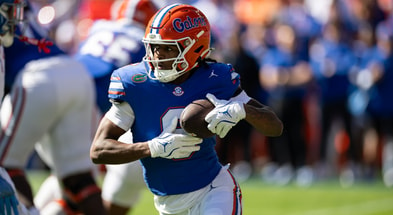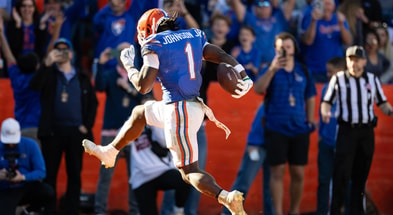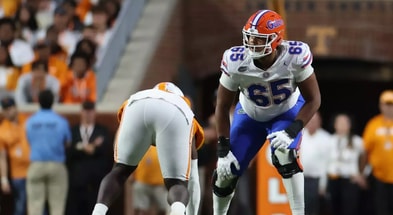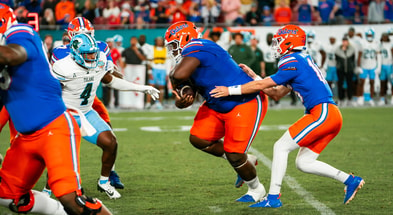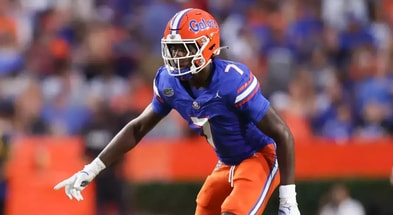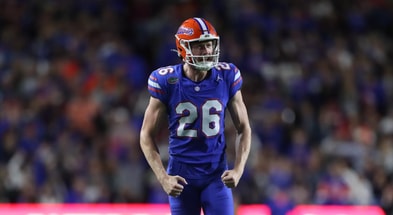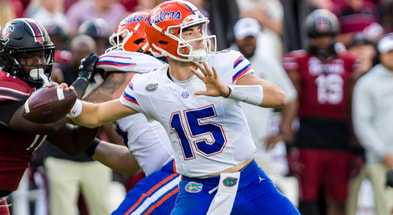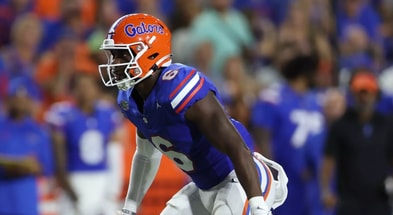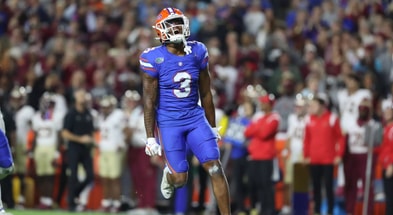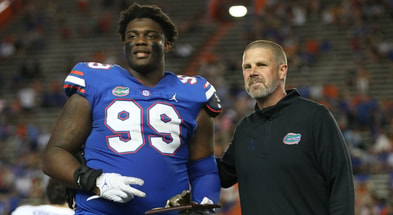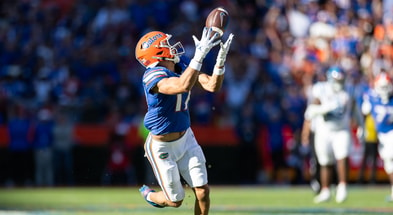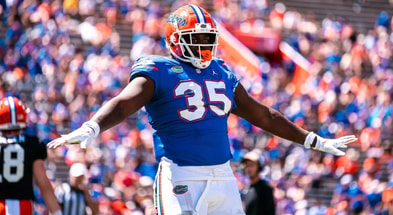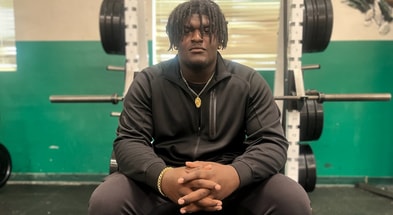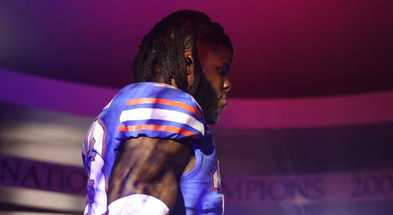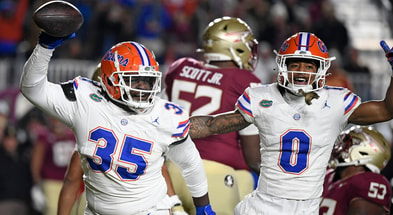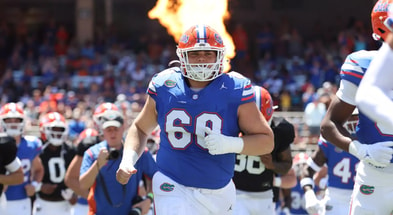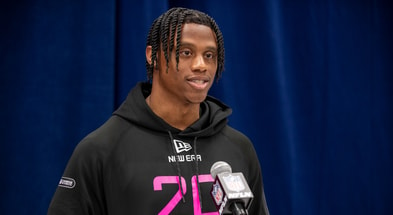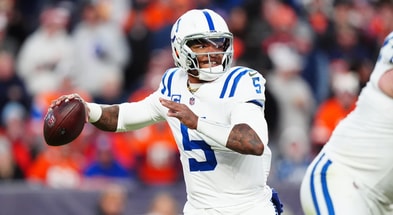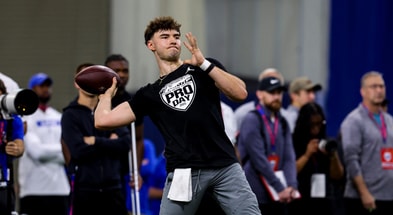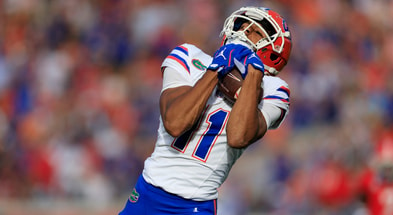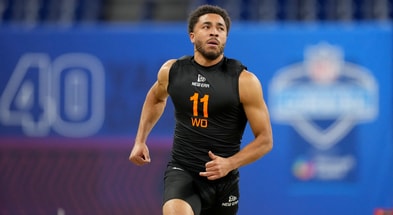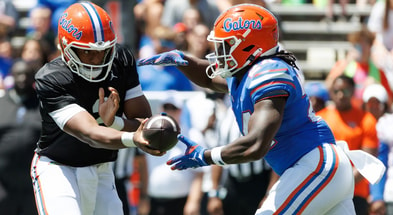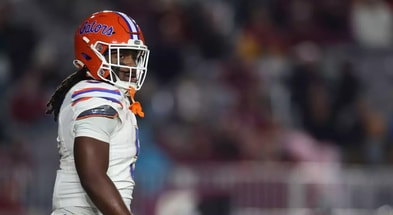The Wild West: NIL has changed the game, and Florida is playing to win

During his introductory press conference, Florida coach Billy Napier described college football as a talent-acquisition business. With the advent of NIL (name, image and likeness) — coupled with the NCAA transfer portal — he’s now also in the talent-retention business.
It’s not just about recruiting new players, but keeping your current ones.
“I think there’s a ton of variables here relative to the transfer portal and name, image and likeness,” Napier told Gators Online. “So there are pros and cons to this, right?”
Players used to depart from schools in the past due to lack of playing time, coaching changes, homesickness or other issues — save for graduate transfers.
But it’s a whole new world in 2022. This spring, get ready to see some starters ditch their current schools despite nothing going wrong. The reason for leaving?
Ole Miss coach Lane Kiffin, who worked with Napier on Alabama’s staff, didn’t beat around the bush when discussing this topic in mid-December.
“No one else is saying this maybe, but the kids say, ‘This is what I’m getting here for NIL.’ And so, what we really have is what it is — free agency has been created in college football. Except you can’t lock people into a contract, they can go at any time,” Kiffin said. “So, it’s a new world that we’re in.”
And it’s one where Napier intends to thrive, along with other areas of his organization. In the NIL space, he’s taken an aggressive approach with the Gator Collective and other fundraising efforts (more on that below).
Napier tabbed Marcus Castro-Walker, who worked with him at Arizona State, as Florida’s director of NIL and player engagement. His job title was the first of its kind.
“When I first got this position, I don’t think there were any (in college football),” Castro-Walker said. “The way that things are going in the NIL space, especially in this conference, you can now make a lucrative salary with NIL.
“Somebody genius came up with the idea of collectives. So now, legally, you can get fans, the community, businesses, boosters involved, right? Legally! The collectives can legally raise money and now they have a pool to pay salaries … Now you have your idea of free agency, but it’s the wild west. There’s no salary cap. So now, deeper pockets have a better advantage.”
How deep are we talking?
Texas A&M coach Jimbo Fisher dismissed a message board rumor that Aggie boosters had spent between $25 and $30 million in NIL deals to sign the nation’s top recruiting class.
But the reality of some collectives having that much money is not far off, or far-fetched. How many are capable of funding tens of millions in NIL endorsements?
“There’s probably about 10 to 12 programs (with collectives) in that space right now. And those programs are doing well,” Castro-Walker said. “When you talk about market value, they are setting the market. It’s no longer how many followers you have on Twitter.”
Tennessee quarterback commit Nico Iamaleava is believed to be the five-star recruit who reportedly signed an agreement with a school’s NIL collective that could pay him more than $8 million by the end of his junior year of college.
While Castro-Walker never mentioned the recruit or school, he confirmed the $8 million NIL deal is real.
Top 10
- 1New
Shilo Sanders
Lands with NFL team
- 2
Picks by Conference
The final tally in NFL Draft
- 3Trending
Mel Kiper
Eviscerates NFL: 'Clueless'
- 4
D.J. Uiagalelei
Signs NFL free agent deal
- 5Hot
Quinn Ewers drafted
Texas QB off the board
Get the On3 Top 10 to your inbox every morning
By clicking "Subscribe to Newsletter", I agree to On3's Privacy Notice, Terms, and use of my personal information described therein.
“That’s legit,” he said. “That’s a unique deal, but who the heck knows?”
Castro-Walker said the most effective way for fans and boosters to help Florida’s NIL efforts is through the Gator Collective. It hosts meet-and-greets, Q&A sessions with players, podcast interviews and more. Subscriptions range from $1.99 a week to $999.99 a month.
Gator Collective’s CEO and Founder, former UF pitcher Eddie Rojas, says his goal is to get $25 million a year in NIL endorsements. Napier wants to raise $10-20 million by this fall.
“A head coach can push that agenda at gatherings, on social media and we can legally push, ‘These are our goals here.’ We can’t tell them, ‘Hey, we need $1,000,000.’ We can say, ‘If you want to do well and support our student-athletes, get involved in NIL’,” Castro-Walker explained. “I can say, ‘Look, this is the need because these are what the other schools that we compete with have.’ To be competitive in the game and win championships, you have to be competitive in this space.
“I just have to educate the masses on how to get involved and support their Gators in the NIL space. They’ll figure out the rest from there. The more that your community, your fanbase, your student population gets behind NIL, the better off you’re going to be as a university.”
Billy Napier on NIL
Napier thanked Gator Sports Properties in late January after it partnered with Gator Collective as an official sponsor of UF athletics. He added that players create a tremendous amount of revenue for universities, and said it’s a good thing they’re now getting “a piece of the pie.”
But Napier cautioned that some guidelines and parameters need to be put in place. He addressed NIL again Saturday, specifically as it relates to other programs (and collectives) potentially poaching his players away with endorsement deals.
“There’s a lot of positives about a guy who comes to the University of Florida and he’s a starter, he’s a significant contributor,” Napier said. “I do think we gotta be careful here that we’re not making short-term decisions that may affect the future. It’s part of the decision, but it’s all of the decision, right? You make a decision to come to the University of Florida, you’re going to attend a top-five public university, you’re going to have an alumni network that’s 415,000 strong that can position you for success and you can network with. You talk about the Hawkins Center, the resources that we provide there to be competitive as a student combined with the GatorMade program, which is all about life after football.
“We want to have a place where we’re using football and football’s not using them, if that makes sense. And I think NIL is another part of our organization and it’s one that we need to have a very specific plan. And there’s no question that it’s part of competition now, it’s part of the package, it’s part of the decision-making process. So, I don’t think it should be the sole reason that a young man chooses a school. I think there’s gotta be something about being on the team, the passion for the game and experiences and the people you meet along the way. So we’re fortunate that we have an incredible product to sell here. And I think NIL is going to be a strength for the University of Florida to go along with all these other things that I just talked about.”
By having a program with opportunities, resources and support for players academically, athletically and professionally, Napier is hopeful that schools will be less likely to steal talent from his roster.
However, Castro-Walker admits that some athletes will follow the money.
“Let’s say we’re both working a job,” he said. “Someone comes in and offers you $100,000 more to go work that job. What are you gonna do? Right. And that’s just the reality of it.”


